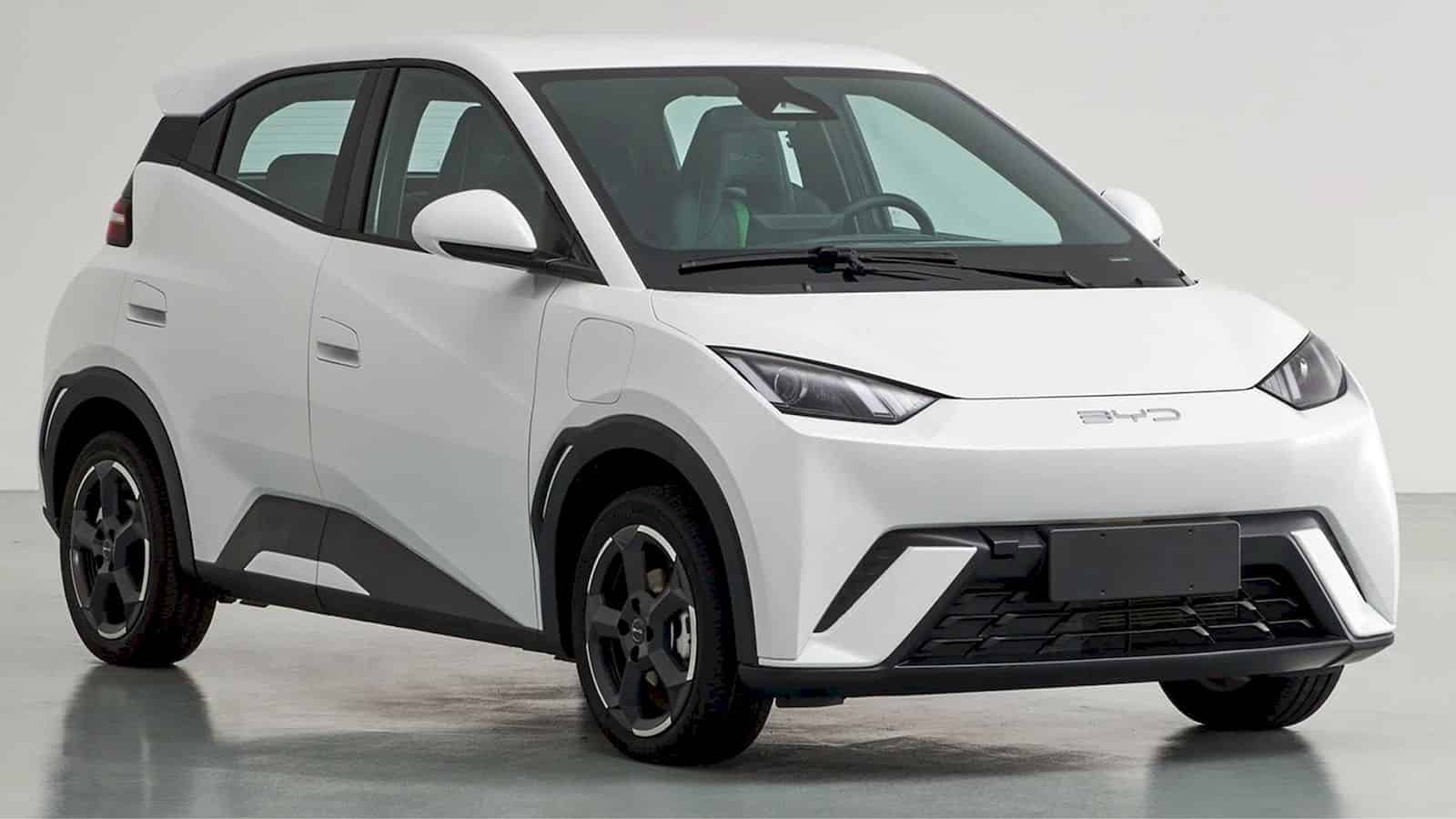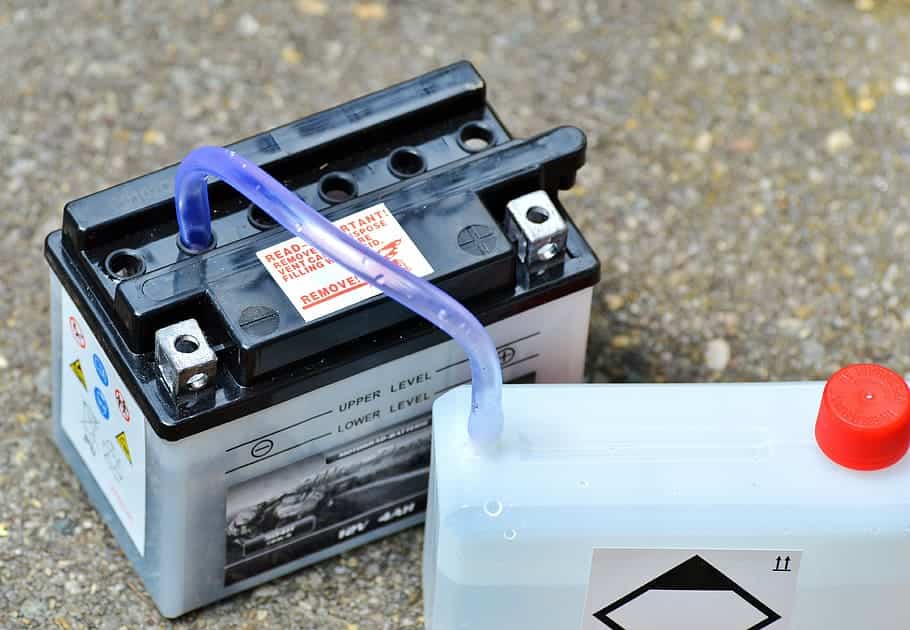
The costs of utility-scale battery storage have experienced a remarkable decline, with a 70% reduction between 2015 and 2018. Furthermore, lithium-ion battery cell prices dropped by an impressive 97% from 1990 to 2020. Despite a 7% increase in lithium-ion battery pack costs in 2022 due to global supply chain challenges, the overall long-term trend remains downward. GM aims to reduce battery costs to around $87 per kWh by 2025, a substantial decrease from the current $150.
Emerging alternatives to lithium-ion technology, such as flow batteries, offer sustainable grid storage solutions. They are particularly suited for large-scale, long-duration storage applications and are becoming increasingly viable as photovoltaic (PV) panel costs rapidly decline.
Comparing trends in battery storage and solar panels
Battery storage and solar panel costs have seen similar downward trends. Solar electricity prices decreased by 89% between 2009 and 2019, while lithium-ion battery cell costs saw a 41-fold reduction between 1991 and 2018. This affordability has made batteries and solar panels promising low-carbon electricity generation options.
As solar panels and batteries continue to become more cost-effective, it is increasingly likely that they will become the primary sources of electricity generation. IRENA’s study suggests that by 2030, total installed battery storage costs could decrease by 50-60%, with improvements in battery performance and lifetimes as well. The price-learning rates of solar modules and lithium-ion batteries are also notably similar, at 20.2% and 20.1% respectively.
Flow batteries: a sustainable alternative
The affordability of energy storage enables greater integration of renewable energy sources like solar power into the grid, increasing demand for solar panels and driving further cost reductions and technological advancements in both fields. These dynamics are expected to mutually reinforce each other, accelerating the transition to a sustainable energy system dominated by renewables.

Flow batteries, especially the vanadium variety, offer longer lifetimes, lower costs, and adjustable capacity and power compared to lithium-ion solutions. Despite challenges such as electrolyte degradation and crossover, flow batteries are more cost-effective and easier to maintain. These characteristics make them ideal for large-scale, long-duration grid-scale energy storage in a renewable-dependent world.
Building-integrated photovoltaics: a construction revolution
Building-integrated photovoltaics (BIPV) is another area benefiting from decreasing PV panel costs. BIPV involves incorporating solar technology into building materials, providing an energy-generating and aesthetically pleasing alternative to traditional components. Innovations like Roofit.Solar’s solar metal roofs and transparent solar panels for windows are reshaping construction practices.

Despite the high costs and awareness barriers, BIPV is becoming more accessible as costs and functionality improve. Construction industries will need to adapt to and embrace BIPV as a sustainable, energy-efficient alternative to conventional materials.
Can a future with only solar panels and batteries become a reality?
Considering the rapidly declining costs and advancements in battery storage and solar panel technology, a future with only these two sources of electricity generation is increasingly plausible. Flow batteries, lithium-ion batteries, and BIPV are driving the development of efficient, cost-effective, and scalable energy storage solutions. Furthermore, innovations in energy efficiency, solar material transparency, and widespread BIPV adoption are transforming urban environments and revolutionizing renewable energy integration into daily life.
Despite the many challenges, such as the 7% increase in lithium-ion battery pack prices in 2022 due to supply chain constraints and COVID-19 related issues, the overall trend indicates a downward trajectory in battery storage costs. Additionally, alternative energy storage solutions, such as flow batteries and next-generation technologies, are being researched to overcome lithium-ion battery limitations in applications like aviation, shipping, and trucks.
With decreasing costs and technological improvements in both solar panels and battery storage technologies, a future powered by only these two sources is becoming increasingly likely. As these trends interplay, transitioning to a clean future reliant on renewable energy sources seems not only possible but perhaps inevitable.






